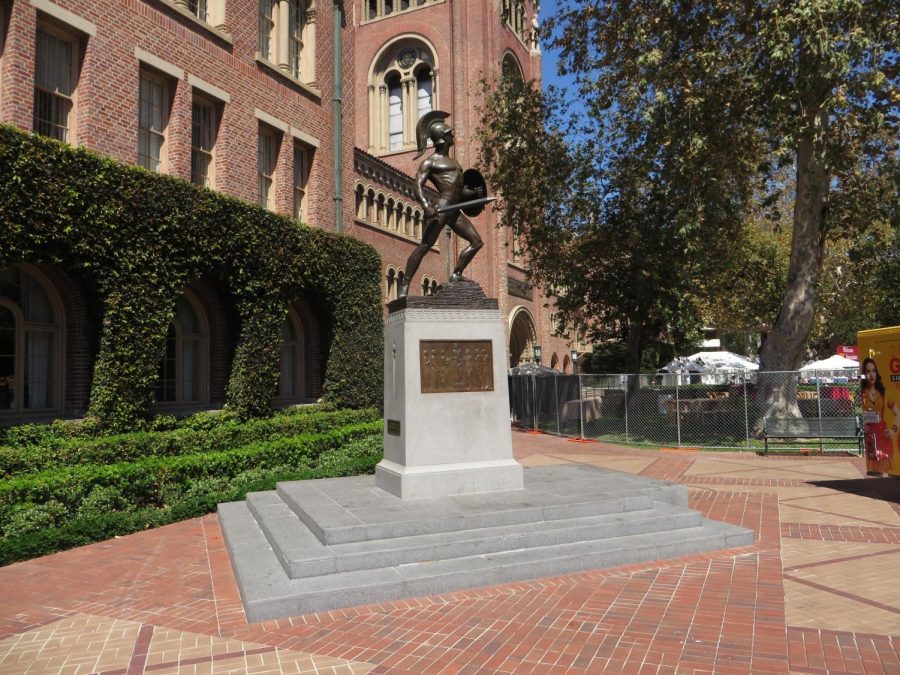The Pledge of Allegiance to the Flag of the United States of America must be recited in all schools.
This current opposition to the Pledge of Allegiance is based on a misunderstanding of what allegiance is being pledged to when it’s being recited.
In an age where our civil liberties and constitutional rights are assaulted by the Federal government, a resurgence of opposition to saying the Pledge of Allegiance has surfaced.
The pledge within itself is good and contributes for preserving an ethos of liberty and standing for justice within its inhabitants.
It is best to first recognize what the Pledge of Allegiance is not. The Pledge of Allegiance is not a statement of loyalty to the President of the United States of America or to the federal government. It is not anything like the oaths of allegiance that German soldiers made to Adolf Hitler.
If it is not a promise to obey a man or the federal government or a statement of compliance.
What is the Pledge of Allegiance?
The Pledge of Allegiance was penned by Francis Bellam in 1892 to kindle a spirit of patriotism and national pride among American schoolchildren.
Bellam described the purpose of the pledge as an effort to instill a mindset of loyalty to country and pride for America in pupils. “At the beginning of the (1890s) patriotism and national feeling was at a low ebb. The patriotic ardor of the Civil War was an old story. The time was ripe for a reawakening of simple Americanism and the leaders in the new movement rightly felt that patriotic education should begin in the public schools.”
The original version of the Pledge of Allegiance written by Bellam read as, “I pledge allegiance to my Flag and the Republic for which it stands, one nation indivisible, with liberty and justice for all.”
The pledge, when cited as Bellam wrote it or when solemnly pronounced today in its current form, is a statement of loyalty to one’s country.
When it is said today in its current form, it is a statement of recognition that America is a republic, a country governed by elected officials that are subject to the voting public.
The pledge is also an affirmation that it is not to be divided again and undergo a civil war. It is an acknowledgment that the United States of America is a nation that must always strive for liberty and justice for all its inhabitants according to the laws.
Initially, the Pledge of Allegiance is just an oath of loyalty to the nation and a statement of agreement that America is supposed to be a free and fair country in which citizens may freely exercise their faith.
What is wrong with this? Nothing.
The pledge is inherently good and must be said in schools an at public events. This country’s intended design for the flourish and advancement of freedom and equality makes it a nation where one can strive to become whatever he/she aspires to be.
The ideals of liberty, justice, and opportunity are espoused and represented by the flag.
Now, one might take issue to the pledge due to its words of “to the flag.”
One does not need to be an expert in vexillology ,the study of flags, to know that flags are just representations of a given thing and the best qualities of it.
It must be noted that the Flag is merely a symbol of America and what it is about according to what the Pilgrim Fathers, Founding Fathers, and Framers of the Constitution intended.
This is easily deduced by the pledge’s words of “to the flag of the United States of America, and to the Republic for which it stands,” The pledge when read entirely conveys that the flag represents what America is about. When one says the pledge, he/she is affirming loyalty to America and what America is about.
The Pledge of Allegiance is a statement that must be kept in all schools of the United States of America in all its 50 states, three commonwealths, and three inhabited territories. It is a beautiful declaration of loyalty to America and all that makes it great.














